If your idea of a perfect getaway involves swirling a glass of world-class wine while gazing at breathtaking landscapes, South America is calling your name. This continent is a vinous wonderland where the Andes cradle high-altitude vineyards and passionate winemakers pour their hearts into every bottle.
While Europe and the US have long dominated the global wine scene, South America has emerged as a must-visit destination for wine enthusiasts. In recent years, travelers have been drawn to the region’s diverse wine landscapes, eager to explore the rich history and craftsmanship behind its vintages.
From Argentina’s Malbec vineyards in Mendoza to Chile’s acclaimed Carménère varietals in the Colchagua Valley, South America is redefining the wine experience. South American winemakers are proving that their terroirs, traditions, and innovative techniques can rival the world’s most celebrated wine-producing regions. Here are the best wine destinations in South America;
Please Download Our Mobile App here.
Mendoza, Argentina
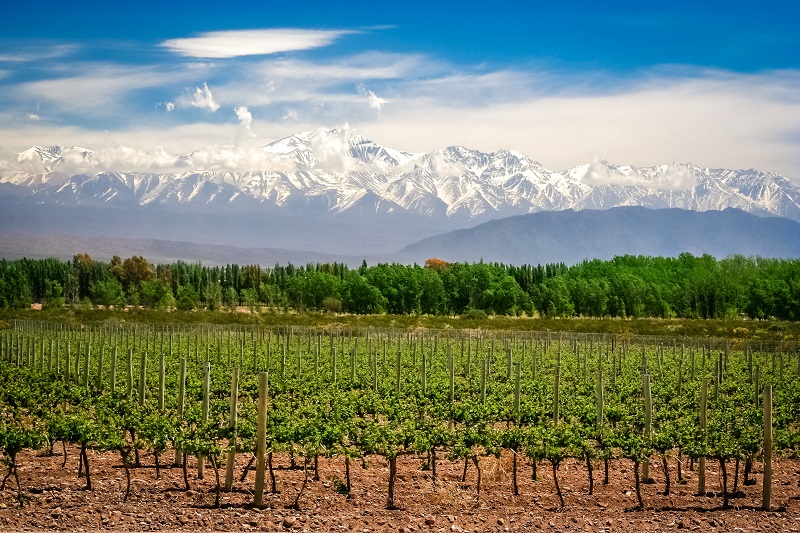
Mendoza is often hailed as the wine capital of South America. Malbec has become its signature variety—characterized by deep berry flavors and a smooth finish. Mendoza’s vineyards also produce an impressive array of wines, including Cabernet Sauvignon, Merlot, and Chardonnay. Native varieties like Bonarda, Torrontés, and Tempranillo further showcase the region’s diversity.
Nestled between the towering peaks of the Andes, Mendoza’s high-altitude vineyards benefit from an ideal climate of warm days and cool nights. This allows grapes to develop rich flavors and balanced acidity. Beyond wine, Mendoza itself is a charming destination, with elegant art deco architecture, a thriving contemporary art scene, and a lively culinary culture.
Santiago, Chile
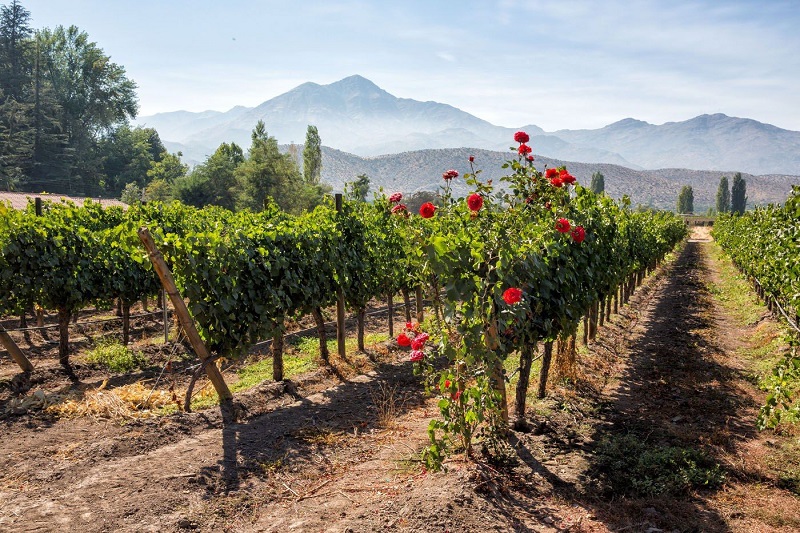
Santiago is a gateway to some of the country’s most renowned wine regions, each offering distinct flavors shaped by their unique climates and terroirs. Just south of the capital lies the Maipo Valley, the heart of Chilean winemaking and the most famous of the country’s wine-producing areas. Known for its Bordeaux-inspired approach, this valley is particularly celebrated for its bold and structured Cabernet Sauvignon.
To the north, closer to the Pacific Ocean and the arid Atacama Desert, the Limarí Valley presents a stark contrast. The cooler coastal influence and mineral-rich soils create an ideal environment for crisp, refreshing white wines, particularly Sauvignon Blanc and Chardonnay.
Interestingly, before the region became known for its fine wines, the grapes grown here were for consumption or the production of Pisco, Chile’s iconic grape brandy. For those in search of something truly rare, the remote Maule Valley is the place to go. This lesser-known region specializes in Carignan, a wine prized for its depth and intensity but produced in limited quantities.
Cafayate, Argentina
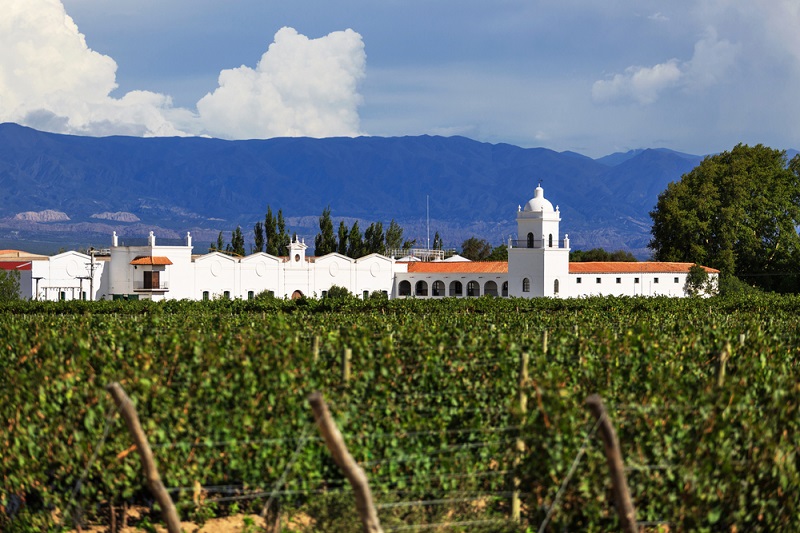
The Torrontés crop is behind white wines that has been turning heads in Argentina. This aromatic varietal is native to South America, flourishing primarily in the town of Cafayate in Salta province. What makes Torrontés particularly intriguing is its contrast—its floral, intensely fragrant aroma suggests sweetness, yet the first sip surprises with a refreshingly dry and crisp profile.
There are three key varieties: Torrontés Riojano, the most widely cultivated and expressive; Torrontés Sanjuanino, which is lighter and fruitier; and Torrontés Mendocino, which tends to be more rustic. All three share a unique trait—growing at some of the highest altitudes which influences their vibrant acidity and distinctive character.
Beyond the wine itself, the region’s dramatic landscapes enhance the experience. Vineyards are framed by striking red-hued mountains, formed by centuries of geological activity, making Cafayate a paradise for wine lovers.
Montevideo, Uruguay
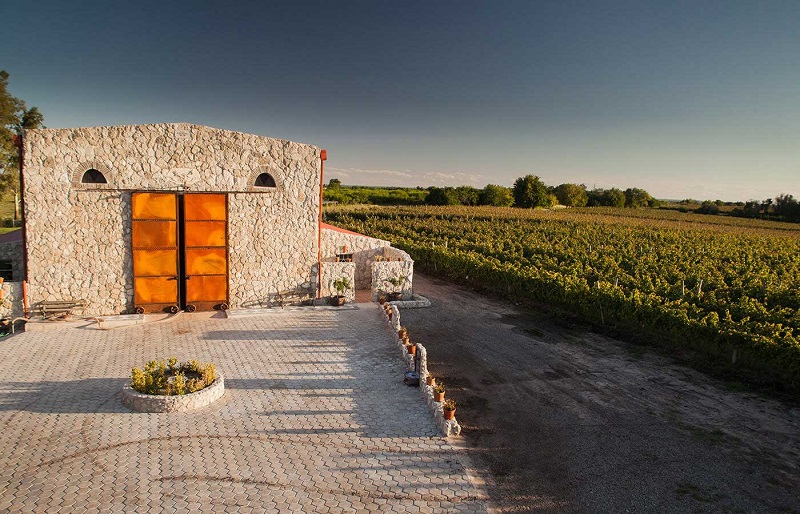
Montevideo sits at the heart of Uruguay’s thriving wine industry, producing nearly half of the country’s total wine output. The vineyards stretch from the city’s northern outskirts toward Canelones, covering about 30 kilometers of fertile land. This region benefits from rich clay soils, providing ideal conditions for cultivating grapes—particularly Tannat, Uruguay’s flagship red wine variety.
As the fourth-largest wine producer in South America, Uruguay takes pride in its deep-rooted winemaking traditions, and Montevideo exemplifies this heritage. Many of the wineries here are family-owned, offering an intimate and welcoming experience for visitors. A trip to these vineyards often means being greeted by the owners themselves, who share their passion, history, and carefully crafted vintages in a way that feels both personal and immersive.
Serra Gaucha, Brazil
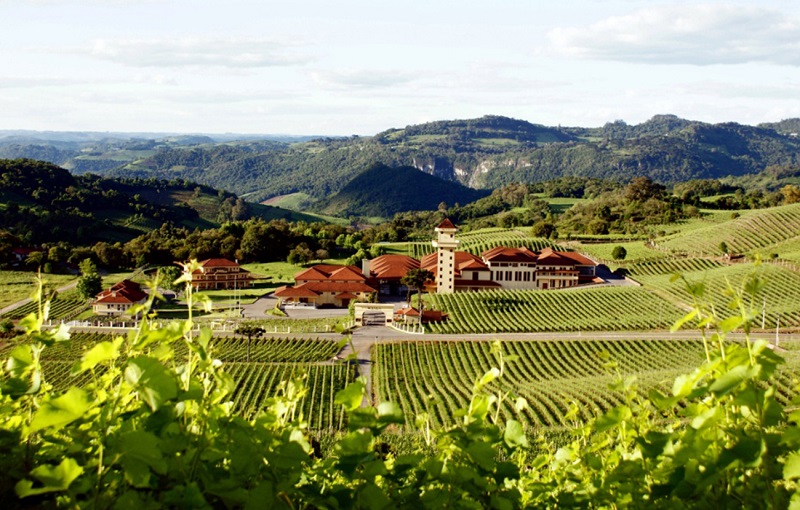
Though Brazil is not traditionally associated with winemaking, the rolling hills of Serra Gaúcha have emerged as the heart of the country’s viticulture. The trade was brought to the town by thanks to the Italian and German immigrants who arrived there in the 19th century. Bringing their vines and deep-rooted expertise, they cultivated a thriving wine industry, particularly in the production of sparkling wines.
The region’s warm climate contributes to the bright acidity and refreshing character of its Espumante—making it the most celebrated style in the area. Among the wineries leading this sparkling revolution is Cave Geisse, founded in 1979 by Mario Geisse.
He was a winemaker who honed his skills while working for Moët & Chandon before establishing his own vineyard. Today, Cave Geisse is renowned for its exceptional sparkling rosé, further solidifying Serra Gaúcha’s reputation as a premier wine destination in South America.
Cachapoal Valley, Chile
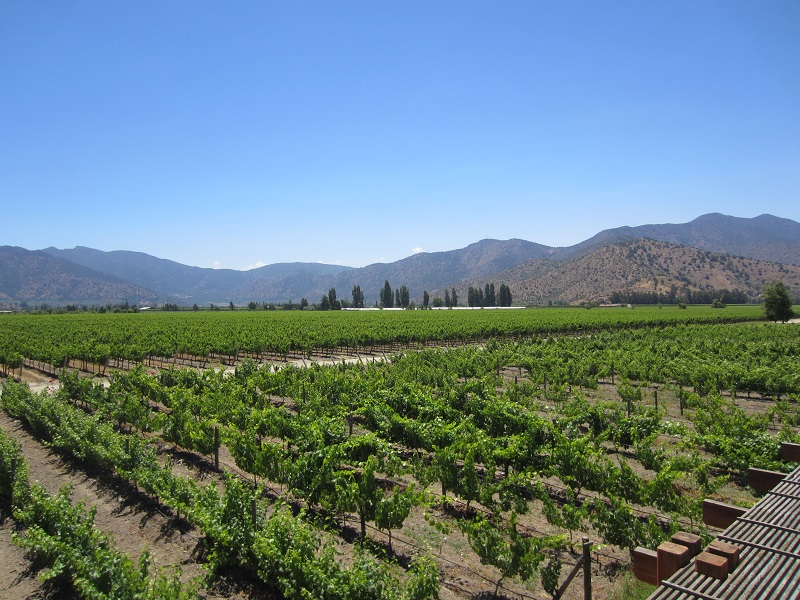
Nestled in the heart of Chile’s wine country, Cachapoal Valley is renowned for producing some of the finest Carménère in the world. While Chile is celebrated for its Cabernet Sauvignon and Merlot, it is also home to this once-lost Bordeaux variety. It vanished from France due to disease but found a new life in Chilean soil.
Today, Chile is the world’s leading producer of Carménère, with Cachapoal Valley at the forefront of cultivating this rich, velvety wine. Known for its deep color and distinctive notes of red fruit, spice, and earthy undertones, Carménère thrives in the valley’s warm climate and mineral-rich soil. For wine enthusiasts eager to explore further, nearby Colchagua boasts iconic vineyards like Santa Cruz, where you can ascend Chamán Hill by cable car.
Conclusion
South America is a dream for wine lovers, blending centuries-old traditions with cutting-edge winemaking and jaw-dropping landscapes. Whether you’re sipping a Malbec in the Andes or indulging in a crisp Torrontés in Argentina, one thing is certain—you’ll need a bigger suitcase for all the bottles you’ll want to bring home. Salud!




